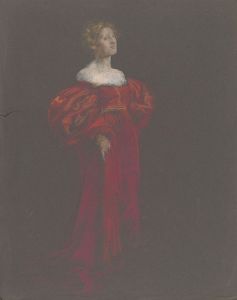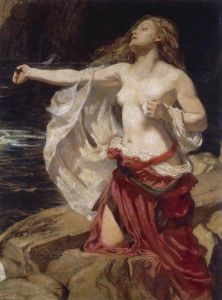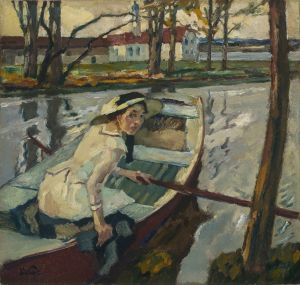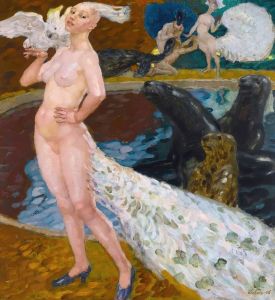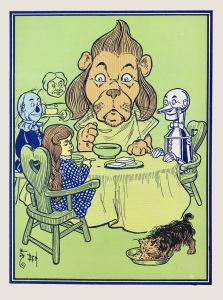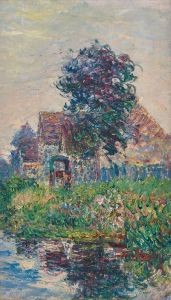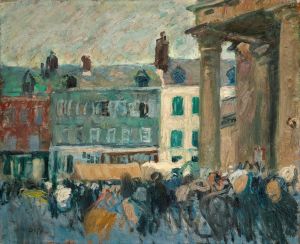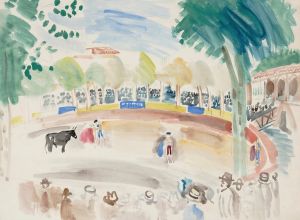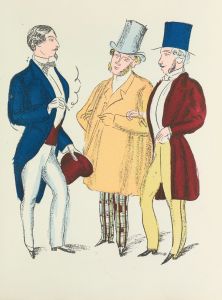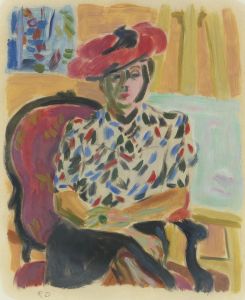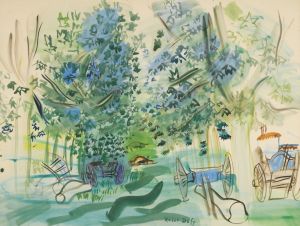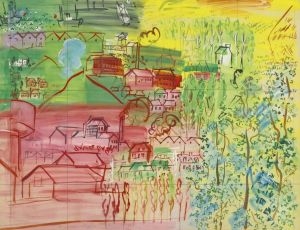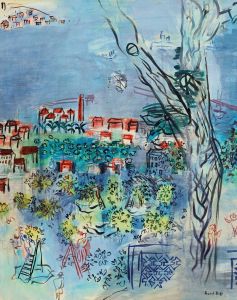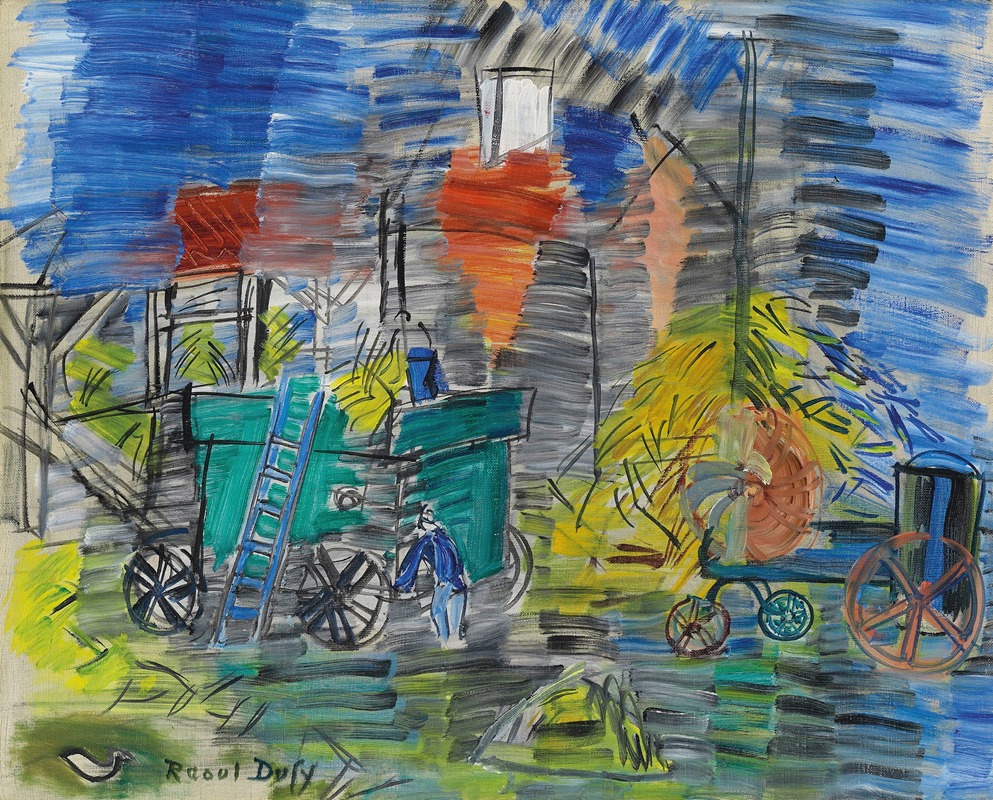
Le dépiquage bleu
A hand-painted replica of Raoul Dufy’s masterpiece Le dépiquage bleu, meticulously crafted by professional artists to capture the true essence of the original. Each piece is created with museum-quality canvas and rare mineral pigments, carefully painted by experienced artists with delicate brushstrokes and rich, layered colors to perfectly recreate the texture of the original artwork. Unlike machine-printed reproductions, this hand-painted version brings the painting to life, infused with the artist’s emotions and skill in every stroke. Whether for personal collection or home decoration, it instantly elevates the artistic atmosphere of any space.
Raoul Dufy (1877-1953) was a French Fauvist painter, known for his colorful and decorative style. "Le dépiquage bleu" (The Blue Threshing) is one of his notable works, showcasing his distinctive approach to color and form. Created in the early 20th century, this painting exemplifies Dufy's fascination with light and movement, as well as his ability to capture the vibrancy of rural life.
"Le dépiquage bleu" depicts a scene of agricultural activity, specifically the threshing of wheat, which is a process of separating the grain from the chaff. The painting is characterized by its dynamic composition and the use of bold, expressive colors. The predominant blue tones give the piece its name and create a sense of harmony and tranquility, while also highlighting the energy of the scene.
Dufy's technique in this painting reflects his background in both Impressionism and Fauvism. He was influenced by the works of Claude Monet and Henri Matisse, which is evident in his use of light and color. However, Dufy developed his own unique style, often referred to as "decorative Fauvism," which combined the vibrant colors of Fauvism with a more structured, decorative approach.
In "Le dépiquage bleu," Dufy employs loose, fluid brushstrokes to convey the movement of the figures and the machinery involved in the threshing process. The figures are depicted in a somewhat abstract manner, with simplified forms and a lack of detailed facial features, which directs the viewer's attention to the overall composition and color scheme rather than individual elements.
The painting also reflects Dufy's interest in the theme of labor and the rural landscape, which were common subjects in his work. He often depicted scenes of everyday life, capturing the essence of the French countryside and the people who lived and worked there. This focus on rural themes can be seen as part of a broader trend among early 20th-century artists, who sought to celebrate and preserve traditional ways of life in the face of rapid industrialization and urbanization.
"Le dépiquage bleu" is a testament to Dufy's skill as a colorist and his ability to infuse his work with a sense of joy and vitality. The painting's vibrant palette and dynamic composition create a lively and engaging scene that draws the viewer in and invites them to experience the rhythm and energy of rural life.
Raoul Dufy's work, including "Le dépiquage bleu," has been exhibited in numerous galleries and museums around the world, and he is regarded as one of the key figures in early 20th-century French art. His contributions to the Fauvist movement and his innovative use of color have had a lasting impact on the development of modern art.
In summary, "Le dépiquage bleu" by Raoul Dufy is a significant work that showcases the artist's mastery of color and his ability to capture the vibrancy of rural life. Through its dynamic composition and expressive use of blue tones, the painting reflects Dufy's unique style and his fascination with light and movement.





